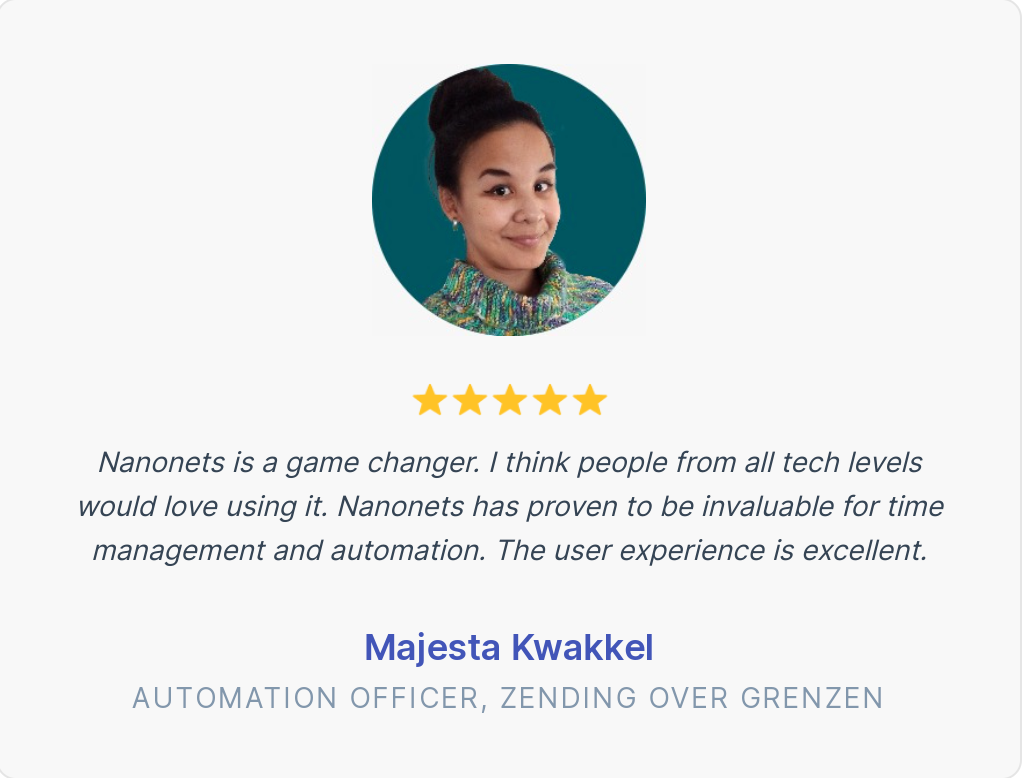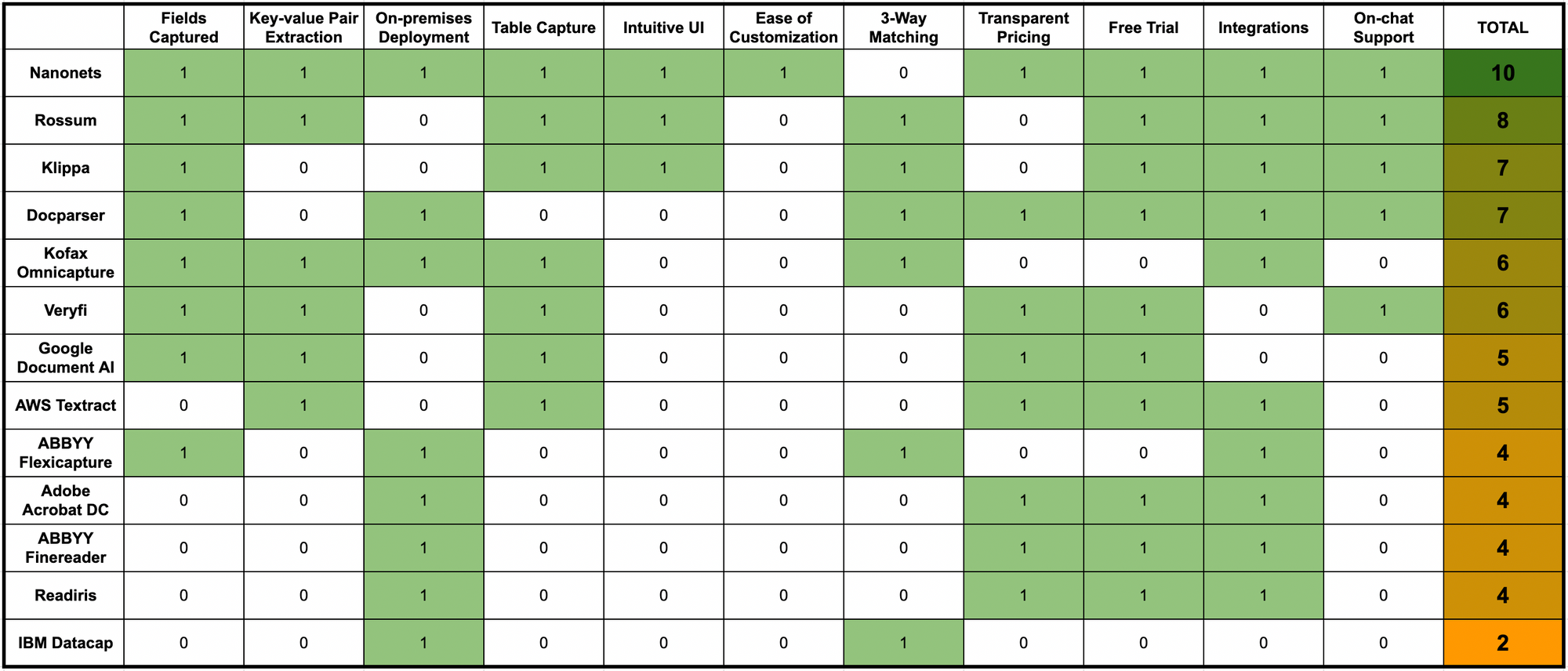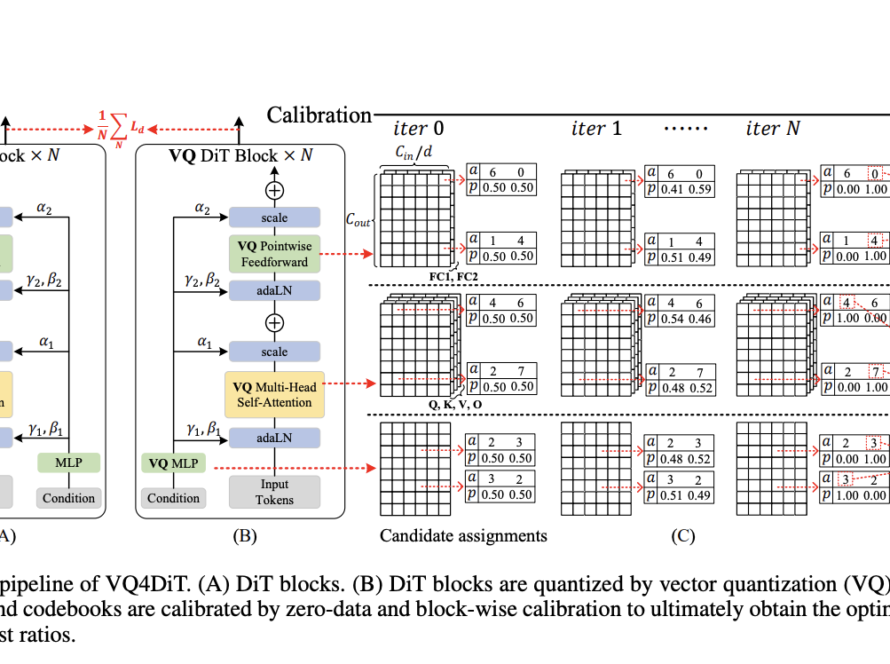Optical character recognition (OCR) software help convert non-editable document formats such as PDFs, images, or paper documents into machine-readable formats that are editable & searchable.
OCR applications are commonly used to capture text from PDFs & images and convert the text into editable formats such as Word, Excel, or a plain text file. OCR is also used to digitise files and documents to make them searchable.
OCR software that leverage AI/ML capabilities can also help automate data capture from scanned documents/images. AI-based document processing can digitize the data in convenient, editable formats that fit into organizational workflows.
Manufacturing is an extremely complex process that requires the coordination of many moving parts involving humans, resources, and teams all the while working on strict timelines. OCR allows manufacturers the ability to ensure a high level of product quality and safety. OCR can track date codes, lot code and batch verification, and expiration dates, and many other such data points that would require human intervention earlier. With the help of OCR software, manufacturers can quickly digitize and convert all such information into an editable format for much faster processing.
OCR technology has many use cases in manufacturing. Here are some major use cases for manufacturing OCR software:
- Verify and validate dates on a product.
- Ensure labels have all the required text.
- Scan return slips.
- Read ID numbers (i.e. ISBNs).
- Read batch codes, lot codes, etc.
- Read and validate serial number of parts moving on the production line.
A good manufacturing OCR software should be able to automate the document processing workflow of all manufacturing documents and items to reduce manual workload, eliminate errors, and save time.
Here are some of the best Manufacturing OCR software in 2024. We will also check out some free OCR software.
Automate manual data entry using Nanonet’s AI-based OCR software. Capture data from documents instantly and automate data workflows. Reduce turnaround times and eliminate manual effort.
The Best Manufacturing OCR Software in 2024
Let’s look at some of the best Manufacturing OCR software available.
1. Nanonets
Nanonets provides an AI-powered OCR solution for manufacturers that can accurately extract data from all types of manufacturing documents and items and convert them into structured digital data. It can help manufacturers stay on time and within budget and reduce manual data entry errors.
Nanonets uses advanced OCR, machine learning image processing, and Deep Learning to extract relevant information from unstructured data. It is fast, accurate, easy to use, allows users to build custom OCR models from scratch, and has some neat Zapier integrations. Digitize documents, extract data fields and integrate with your everyday apps via APIs in a simple, intuitive interface.
Introduction to Nanonets
How does Nanonets stand apart as an OCR software?
Pros:
- Modern UI
- Handles large volumes of documents
- Reasonably priced
- Ease of use
- Zero-shot or zero-training data extraction
- Cognitive capture of data – resulting in minimal intervention
- Requires no in-house team of developers
- Algorithms/models can be trained/retrained
- Great documentation & support
- Lots of customization options
- Wide choice of integration options
- Works with non-English or multiple languages
- Seamless 2-way integration with multiple accounting software
- Great OCR API for developers
Cons:
- Table capture UI can be better
Get started with Nanonets’ pre-trained OCR extractors or build your own custom OCR models. You can also schedule a demo to learn more about our OCR use cases!

2. ABBYY Flexicapture
ABBYY FlexiCapture is an OCR software that can help manufacturers extract batch codes, dates, and other documents. The software can extract data from various document types, including labels, validate dates, ISBNs, etc.
ABBYY FlexiCapture for Invoices – Demo Video
Pros:
- Recognizes images very well
- Easy to store hard copy results in the system
- Integrates well with ERP systems
- Automates data extraction from documents (to an extent)
Cons:
- Initial setup can be difficult and complex
- Automatic processing of invoices not set up
- No ready-made templates
- Difficult to customize
- No resources available
- Could have better integration with RPA solutions
- Low accuracy with low-resolution images/documents
- Batch verifications are held up even if there’s an error just in a particular section
- Line item error messages pop up even for items that should be skipped
- RESTful API is not available in the on-prem version
- Not a Mac OCR Software results
3. ABBYY Finereader
ABBYY FineReader PDF is an OCR software with support for PDF file editing. The program allows the conversion of image documents into editable electronic formats. This can particularly be useful for extracting data from blueprints.
Processing Documents with ABBYY FineReader Server – Demo Video
Pros:
- Keyboard-friendly OCR editor for manual corrections
- Exceptionally clear interface
- Exports to multiple formats
- Unique document-compare feature
Cons:
- Lacks full-text indexing for fast searches
- Requires a learning curve
- Pricing can be prohibitive
- Inability to view the history of document changes
- Can’t merge several files into one
- Might require some post-processing
- The UI could be overwhelming at first
- Slow to process big files
Need an OCR software for image to text extraction or PDF data extraction? Looking to convert PDF to Excel, or PDF to text? Check out Nanonets in action!
4. Kofax Omnipage
Omnipage is a powerful PDF OCR software that can handle automation for high-volume corporate OCR tasks. This tool specialises in table extraction, line item matching, and smart extraction.
Pros:
- Has a robust set of tools for enhancing images
- Highly accurate
Cons:
- UI not intuitive
- Configuration for AP Automation is not straightforward
- API integration can be improved
- Alternatives for Kofax
5. IBM Datacap
Datacap streamlines the capture, recognition, and classification of business documents to extract important information from them. Datacap has a strong OCR engine, multiple functions as well as customisable rules. It works across multiple channels, including scanners, mobile devices, multifunction peripherals and fax.
Pros:
- Configures complex applications in data capture
- Scanning mechanism
- Ease of use
Cons:
- Very little online support
- UI could be more intuitive
- Setup can be cumbersome
- Slow
- Creating a customized flow isn’t straightforward
- Batch commits take time
Start using Nanonets for Automation. Try out the various OCR models or request a demo today. Find out how Nanonets’ use cases can apply to your product.
6. Google Document AI
One of the solutions in the Google Cloud AI suite, the Document AI (DocAI) is a document processing console that uses machine learning to automatically classify, extract, enrich data and unlock insights within documents.
Pros:
- Easy to set up
- Integrates very well with other Google services
- Storage of information
- Speed
Cons:
- AI modules lack proper documentation
- Customization of existing modules and libraries is hard
- Not suited for Python or other coding languages
- Outdated API documentation
- Expensive
- Not suited for hybrid cloud deployments
- Not suited for use cases that require custom AI algorithms
AWS Textract automatically extracts text and other data from scanned documents using machine learning and OCR. It is also used to identify, understand, and extract data from forms and tables. For more information check out this detailed breakdown of AWS Textract.
Pros:
- Pay-per-use billing model
- Ease of use
Cons:
- Can’t be trained
- Varying accuracy
- Not meant for handwritten documents
Want to scrape data from PDF documents, convert PDF table to Excel or automate table extraction? Check out Nanonets PDF scraper or PDF parser to scrape PDF data or parse PDFs at scale!
8. Docparser
Docparser is a cloud-based document processing and OCR software that can automate low-value tasks and workflows for businesses.
Pros:
- Easy setup
- Zapier integration
Cons:
- The webhooks occasionally fail
- Requires some deal of training to pick up the parsing rules
- Not enough templates
- Zonal OCR approach – can’t handle unknown templates
- UI could be better
- Slow to load pages
- Documentation could be better
9. Adobe Acrobat DC
Adobe provides a comprehensive PDF editor with an in-built OCR functionality.
Pros:
- Stability/compatibility.
- Ease of use
Cons:
- Expensive
- Not an exclusive OCR software
- Heavy on the system
- Takes up a lot of space on the hard disk
- Difficult to integrate with services like Sharepoint or Dropbox
- Requires an Adobe Creative Cloud license.
10. Klippa
Klippa provides automated document management, processing, classification and data extraction solutions to digitize paper documents in your organization.
Pros:
- Fast setup
- Great support
- Great API for developers
- Clear and concise API documentation
- Links well with accounting programs
- Competitively priced
- Integrations
Cons:
- OCR recognition can be better
- Limited template customizations
- Limited white-label customizations
- Bulk adjustments not supported
- The VAT is often not displayed correctly
- The app crashes often
- Can’t train the OCR model
- The selection process isn’t straightforward as there are a lot of options
Nanonets OCR API has many interesting use cases that could optimize your business performance, save costs and boost growth. Find out how Nanonets’ use cases can apply to your product.
Other notable mentions include Veryfi, Readiris, Infrrd, Rossum & Hypatos. Also check out the leading alternatives to Nanonets.
Here’s a quick comparison of all the OCR software listed above across some crucial OCR software features & parameters:

Why is Nanonets the most complete Manufacturing OCR software?
Nanonets OCR software is easy and flexible to set up, requiring just about 1 day. The intelligent automation platform handles unstructured data without much difficulty and the AI also handles common data constraints with ease. Nanonets can easily help automate all types of construction documents such as application forms, blueprints, completion forms, and drawings.
The benefits of using Nanonets OCR in manufacturing go just beyond better accuracy, experience, and scalability.
- Data capture and entry – Nanonets OCR can be used to accurately capture data from labels, documents, and product specifications within seconds. The extracted data can directly be connected to any project management software, reducing the need for manual data entry and improving accuracy.
- Documentation and storing – Nanonets OCR can easily create digital and editable copies of all types of manufacturing documents. These documents can then be easily stored and retrieved whenever required.
- Quality control – Nanonets OCR can provide multiple approval steps before a document is ingested into the system or sent for approval. This helps in identifying errors early or and. reducing the resources and costs required for rework.
Is there any free Manufacturing OCR software?
Apart from the professional cutting-edge OCR solutions mentioned above, there are free OCR software that do the job to an extent. Running on open-source OCR engines (like Tesseract), these free solutions help convert photos, PDFs, TIFFs, or scanned documents into editable digital text formats. While they might not be able to process complex medical records, or insurance documents at scale, they are adequate for extracting text from simple documents with straightforward formatting.
These free OCR solutions either come as web-based applications, standalone software that need to be installed on various platforms, or as a side feature in a full-fledged document editing service. Please note that free OCR software regularly fail to process handwritten documents, multi-column tables, long line items, or low quality images/scans.
Here are some free optical character recognition tools for your consideration:



